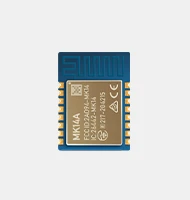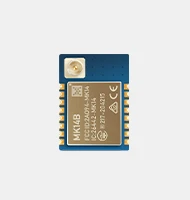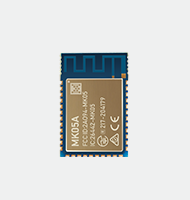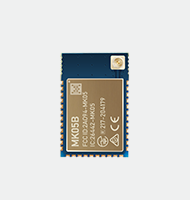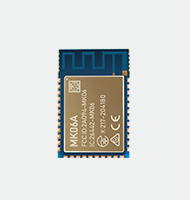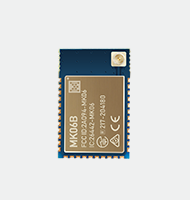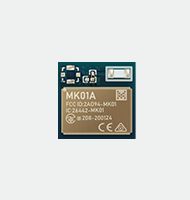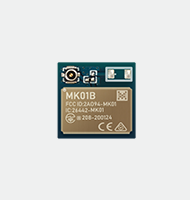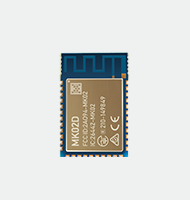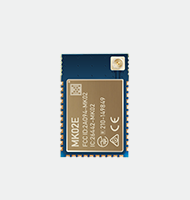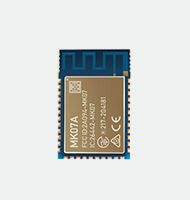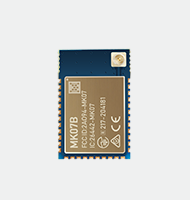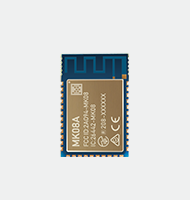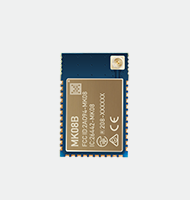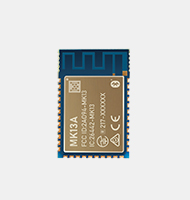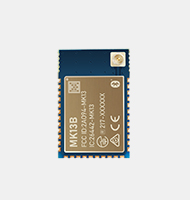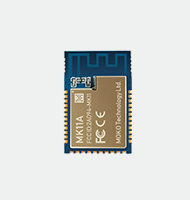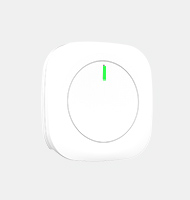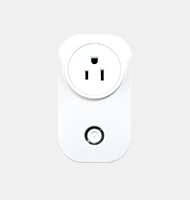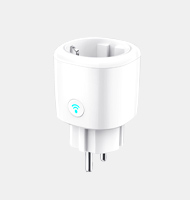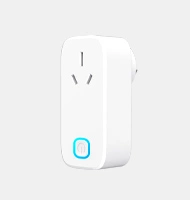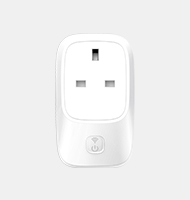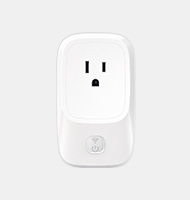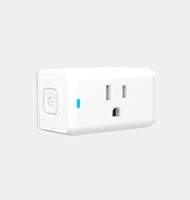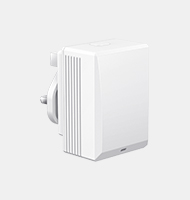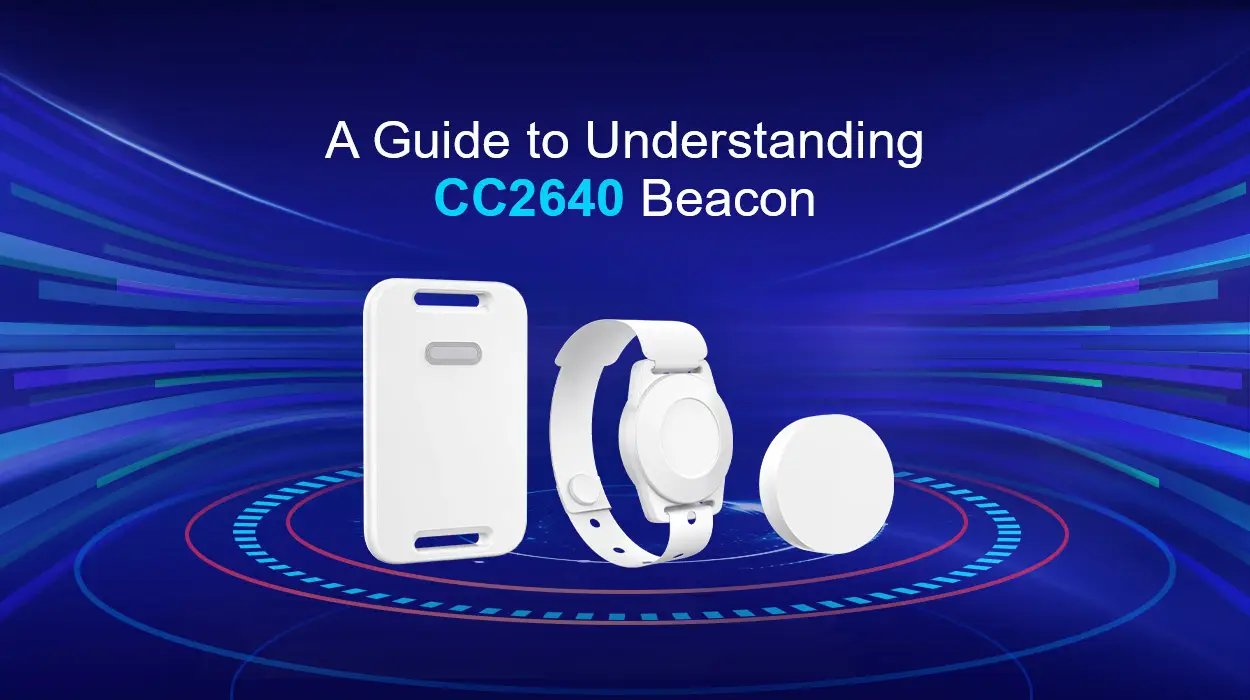The rise of the Internet of Things has created a demand for electronic devices with wireless connectivity. To meet this demand, Texas Instruments (TI) introduced the CC2640 in 2015. This wireless microcontroller is specifically designed for Bluetooth low energy applications and is one of the first members of TI’s SimpleLink ultra-low energy wireless MCU platform. The CC2640 is an upgrade to the widely used CC2540 and CC2541. This blog will examine the key features of the CC2640 beacon, its diagram, applications, and why it is a top choice for those in need of a BLE beacon.
Key features of CC2640 Bluetooth beacon
The CC2640 is a highly integrated Bluetooth Low Energy (BLE) System-on-Chip (SoC) developed by Texas Instruments. This single-chip solution features a BLE radio, Arm Cortex-M3 microcontroller, memory, and various peripherals all packed into a compact package. Some of the key features of the CC2640 as a Bluetooth beacon include:
- BLE 5.1 Compliant: The support of the BLE 5.1 standard provides longer range, faster data transfer and improved security compared to previous versions of BLE.
- Power-Efficient: A low-power architecture enables the device to operate on a single battery for an extended period of time.
- Small Size: its small size makes it easy to integrate into a variety of form factors such as sensors, beacons, and other IoT devices.
- Multiple Peripherals: The device includes a variety of peripheral interfaces, such as SPI, UART, I2C, and ADC, to allow for a wide range of IoT applications.
- Software Development Kit (SDK): The CC2640 is supported by the SimpleLink software development kit (SDK), which provides a comprehensive set of tools and resources for developing and deploying BLE applications.
- Security Features: The device includes a variety of security features, such as encryption, secure boot, and secure over-the-air (OTA) updates, to ensure the security of the data being transmitted.
The block diagram of CC2640 Bluetooth chip
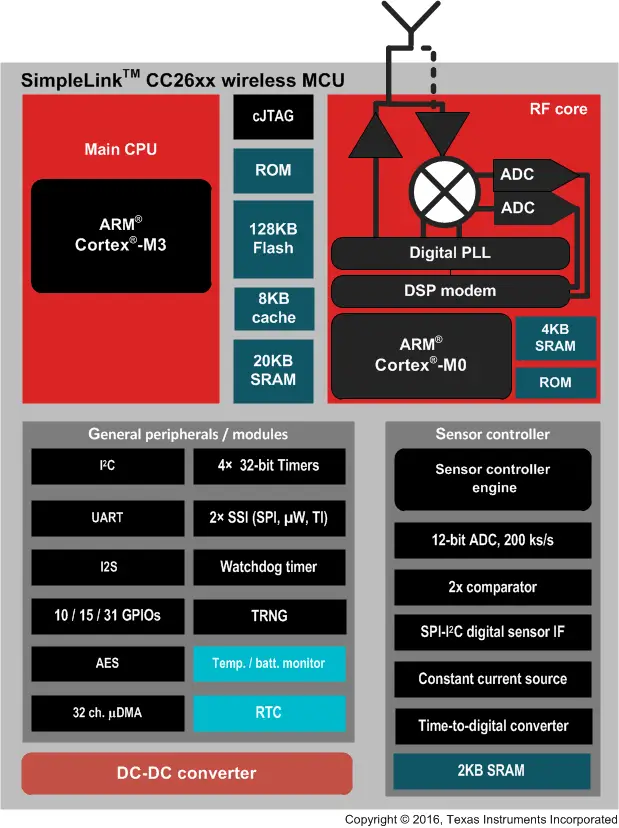
Applications of CC2640 Bluetooth beacon
The CC2640 Bluetooth Beacon is a highly advanced and feature-rich device that is specifically designed for IoT applications. It is a great choice for a wide range of applications from retail and marketing to healthcare and event management. The following will show you some of the most common applications for CC2640 Bluetooth beacons.
Retail and Marketing
CC2640 Bluetooth beacons can be used to send targeted advertisements and promotions to customers’ smartphones as they walk by, providing retailers with a new way to engage with their audience.
Indoor Navigation
One of the key benefits of CC2640 Bluetooth beacons is their ability to provide accurate indoor navigation. This makes them ideal for use in large buildings, such as airports, shopping centers, and hospitals, where GPS signals may be weak or unavailable.
Healthcare
CC2640 Bluetooth beacons can also be used in healthcare applications, such as patient tracking and medication management.
Asset Tracking
Another important application for CC2640 Bluetooth beacons is asset tracking. By attaching beacons to high-value items, such as tools or equipment, organizations can keep track of their location in real-time.
Event Management
CC2640 Bluetooth beacons are also available in event management, helping to streamline various processes and improve the overall experience for attendees.
Differences between CC2640 , CC2640R2F and CC2642R
The CC2640, CC2640R2F, and CC2642R are all Bluetooth Low Energy devices manufactured by Texas Instruments. The main differences between them are the level of performance, memory capacity, security features, and the type of Bluetooth connectivity they support. The CC2640 and CC2640R2F are standalone BLE SoCs, while the CC2642R is a dual-mode BLE and Classic Bluetooth SoC.
The CC2640 is a standalone, BLE-enabled system-on-chip (SoC) that supports both a BLE master and slave role. It is designed for applications such as wireless sensor networks and home automation.
The CC2640R2F is an updated version of the CC2640, featuring improved performance and increased memory capacity. It also includes a more powerful processor and integrated security features, making it suitable for more demanding BLE applications.
The CC2642R is a BLE dual-mode (i.e., it supports both BLE and Classic Bluetooth) SoC that supports both a BLE master and slave role. It is designed for applications that require both BLE and Classic Bluetooth connectivity, such as wireless audio applications.
| CC2640 | CC2640R2F | CC2642R | |
| Frequency | 2.4 GHz | 2.4 GHz | 2.4 GHz |
| Wireless protocol | BLE 5.1 | BLE 5.1 | BLE 5.2 |
| CPU | Arm Cortex-M3 | Arm Cortex-M3 | Arm Cortex-M4F |
| Flash | 128KB | 128KB | 352KB |
| SRAM | 28KB | 28KB | 80KB |
Why choose the CC2640 BLE beacon
The CC2640 Bluetooth Beacon is an excellent choice for those searching for a reliable and efficient wireless device for their applications. This beacon employs Bluetooth 5.1 technology, offering a long-range and low-power solution for data transmission. It is a great fit for IoT applications such as asset tracking, indoor location services, and proximity-based advertising.
Additionally, the CC2640 supports multiple operating modes, including beacon, proximity, and observation, allowing it to be utilized in a variety of IoT applications. It is also highly configurable, with customizable advertising payloads and support for multiple sensors and actuators. Its compact size and low power consumption make it suitable for deployment in small, battery-powered devices, while its robust design makes it ideal for use in harsh or industrial environments.
FAQs about the CC2640 Bluetooth beacon
1. What is the range of a CC2640 Bluetooth Beacon?
The range of a CC2640 Bluetooth Beacon depends on several factors, including the environment, the beacon transmission power, and the sensitivity of the receiving device. Typically, the range of a CC2640 Bluetooth beacon is around 50-100 meters, but it will vary depending on the circumstances.
2. What is the battery life of a CC2640 Bluetooth beacon?
The battery life of a CC2640 Bluetooth beacon can vary based on the baecon transmission frequency, transmissions power, and battery voltage. Typically, the battery life of a CC2640 BLE beacon can last anywhere from several months to several years.
3. How does the CC2640 Bluetooth Beacon compare to other Bluetooth beacons?
The CC2640 Bluetooth Beacon is a popular choice for Bluetooth beacons due to its low power consumption, small size and support for Bluetooth 5.0. Compared to other Bluetooth beacons, the CC2640 has longer battery life and greater range, making it ideal for many indoor navigation and close-range based applications.
4. Can the CC2640 Bluetooth Beacon be used with both iOS and Android devices?
Yes, the CC2640 Bluetooth Beacon is compatible with Bluetooth-enabled iOS and Android devices. Any Bluetooth Low Energy (BLE) enabled device can receive the beacon ‘s advertisement packets, regardless of the operating system.
5. How do I configure and set up a CC2640 Bluetooth Beacon?
The configuration and setup process of CC2640 Bluetooth beacon may vary depending on the manufacturer and the specific model of beacon. Typically, the setup process involves connecting a beacon to a computer or mobile device and using a configuration application or software to set the parameters of the beacon, such as its transmission frequency, power, and identifier.
